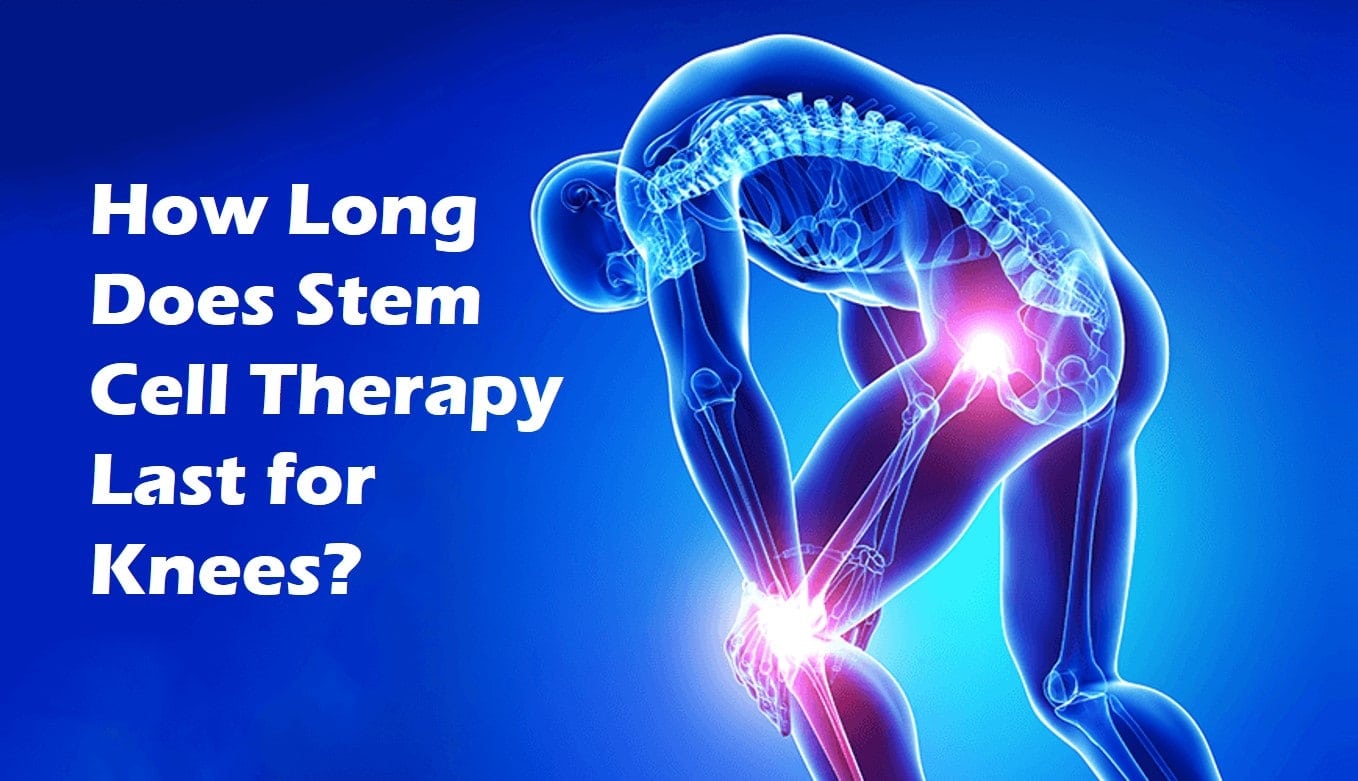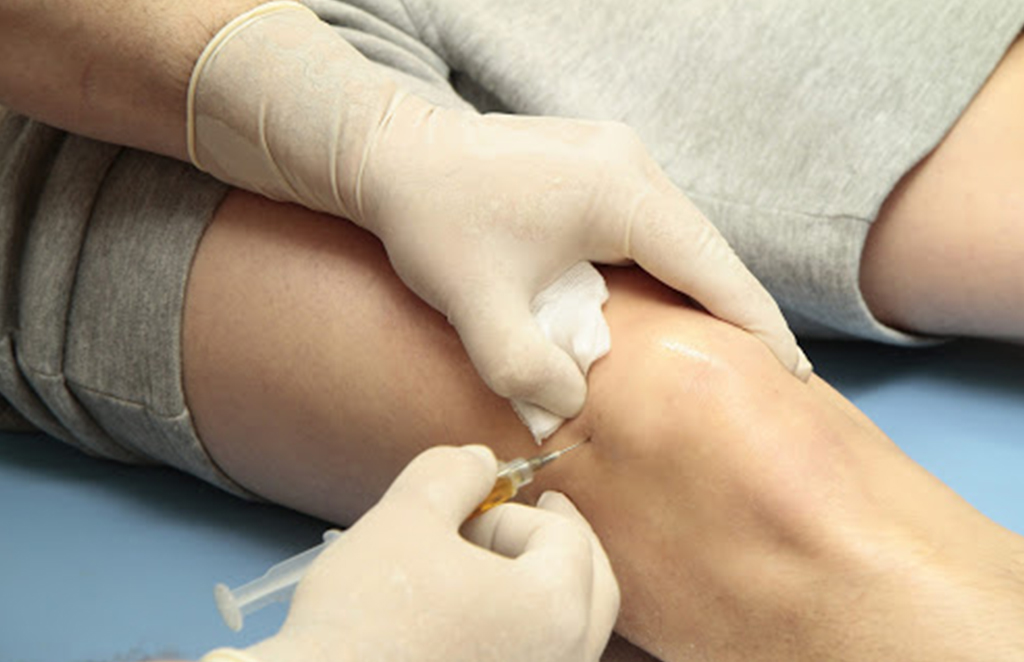

21 Over the past 3 years, various new randomised controlled trials (RCTs) have become available, making a thoroughly analysis of the available evidence valuable. 21 However, high methodological heterogeneity across studies and study outcomes being at high risk of bias did not allow for recommending the use of stem cell therapy in clinical practice. 10 In our 2017 systematic review on the efficacy of MSC therapy in KOA, we found a positive effect of MSC therapy (2.1–3.4 points improvement on VAS). 15 20 It is hypothesised that stem cells can promote cartilage regeneration and consequently can postpone or avoid the need for TKA. Stem cells are proposed to have anti-inflammatory and immunomodulatory properties. Mesenchymal stem cell (MSC) therapy is a treatment option for KOA with high expectations. 17 18 Moreover, after 25 years 18% needs revision surgery, with overall less favourable outcomes.

16 Despite this, TKA leads to reduced function compared with healthy knees, and the intervention is costly. 10 12 15 The overall satisfaction with TKA is high, resulting in improvement of knee symptoms and function after 1 year. TKA is the last resort option for individuals that continue to have pain and decreased function despite being treated with conservative treatments. 13 Intra-articular injection of HA or PRP improves Western Ontario and McMaster Universities Osteoarthritis Index (WOMAC), range 0–96) after 1 year with 14.0 and 29.6 points, respectively. 11 12 A corticosteroid injection also has a limited pain-reducing effect (1 point on a Visual Analogue Scale (VAS), range 0–10) in the short term (up to 3 months), however, this effect is diminished after 6 months. For example, exercise is one of the most studied treatment options in KOA and is found effective in reducing pain and improving physical function, but the magnitude of the effects is limited, that is, 12/100 points (95% CI 10 to 15) and 10/100 points (95% CI 8 to 13), respectively. 3 8–10 Despite their proven efficacy for patients with KOA, not all patients benefit to satisfactory level. 7Ĭurrent treatment options for KOA are physical activity (exercise), weight loss, intra-articular injections with corticosteroid, hyaluronic acid (HA) or platelet-rich plasma (PRP) and total knee arthroplasty (TKA). 4–6 Following joint trauma, 20%–50% of people develop osteoarthritis and it is estimated that post-traumatic osteoarthritis is responsible for about 12% of all osteoarthritis cases. 1–3 Knee joint injuries also increase the likelihood of (early) KOA. 1 2 The worldwide prevalence proportion of symptomatic KOA aged ≥50 years is 14%–38% (women) and 4%–14% (men), and will continue to rise because of an older and increasingly obese population.

Knee osteoarthritis (KOA) is a chronic progressive disease and a major cause of disability and pain.


 0 kommentar(er)
0 kommentar(er)
